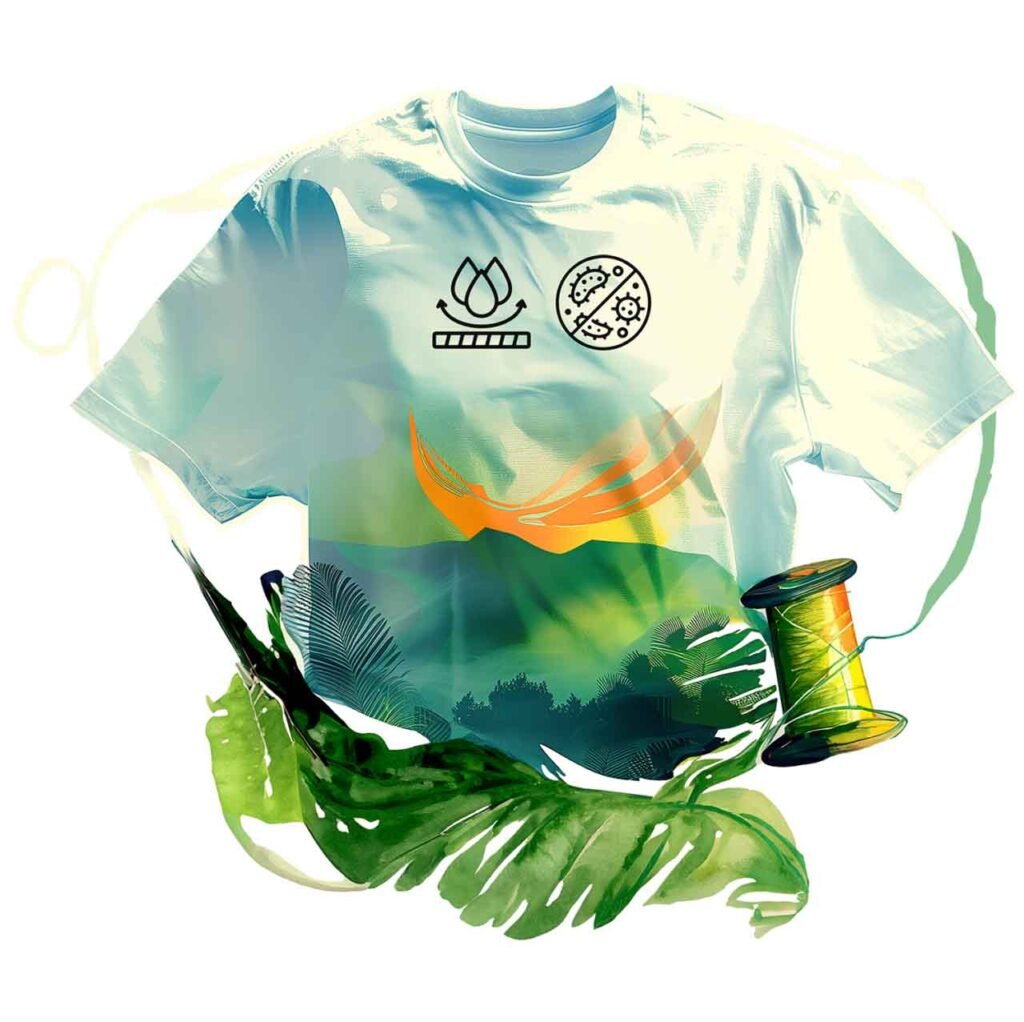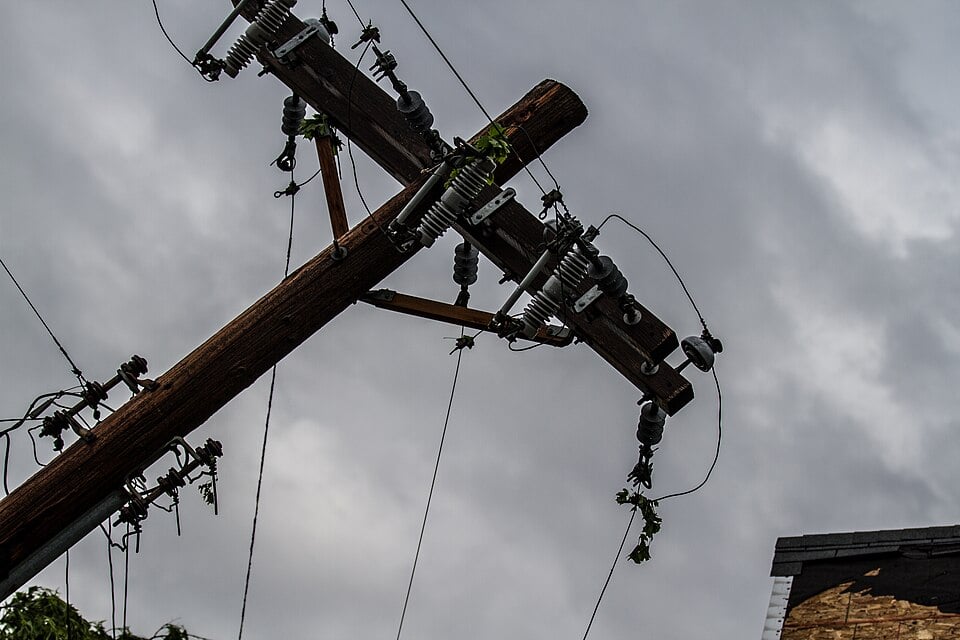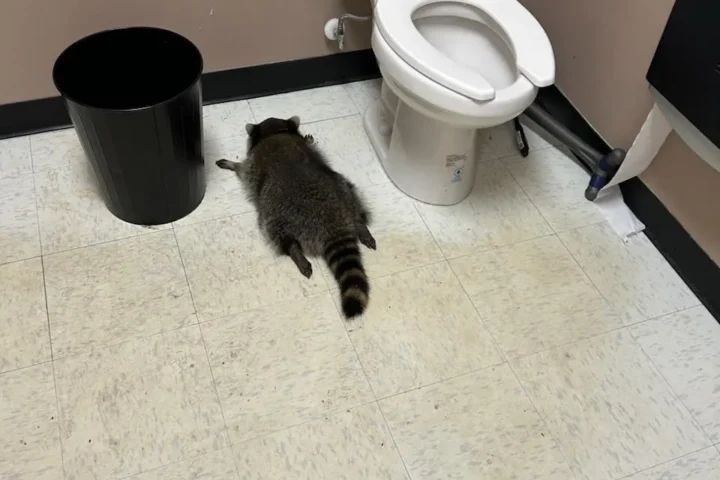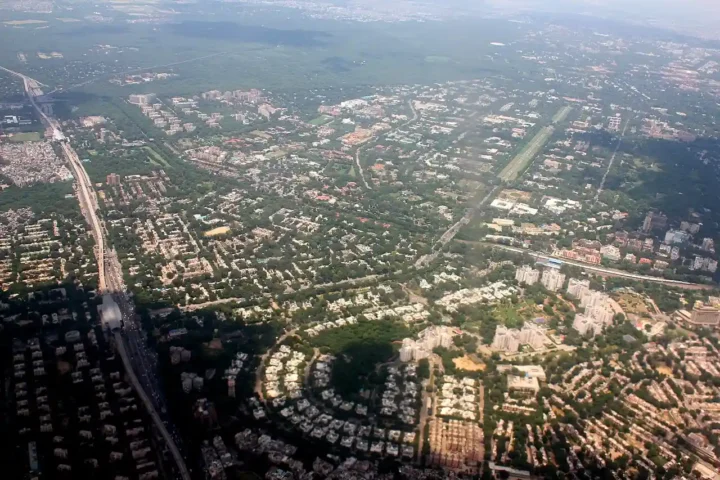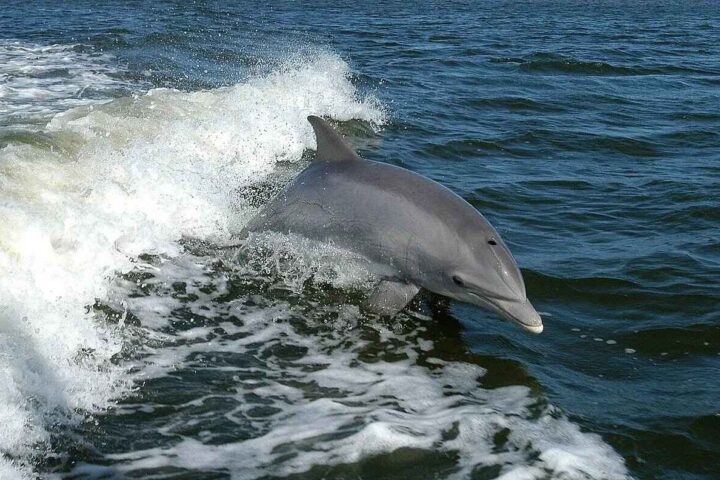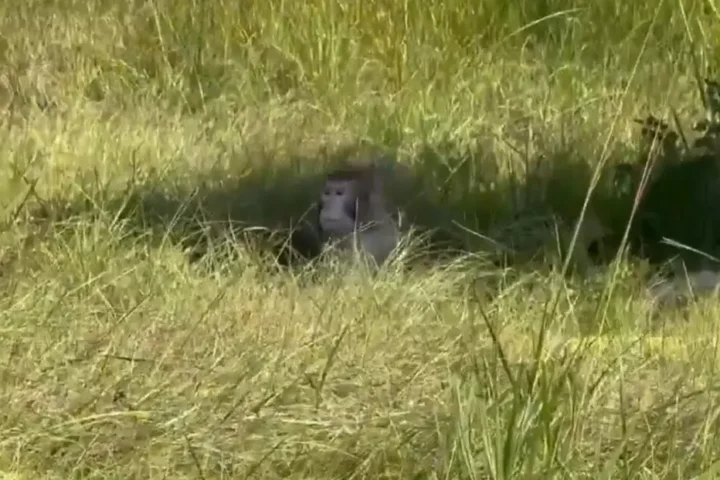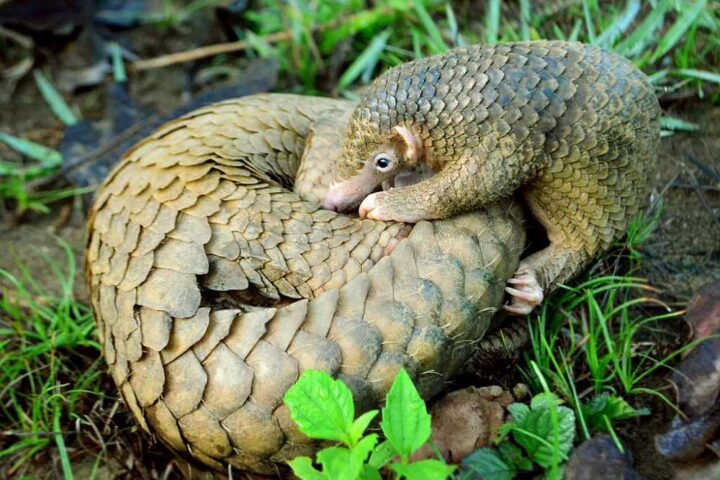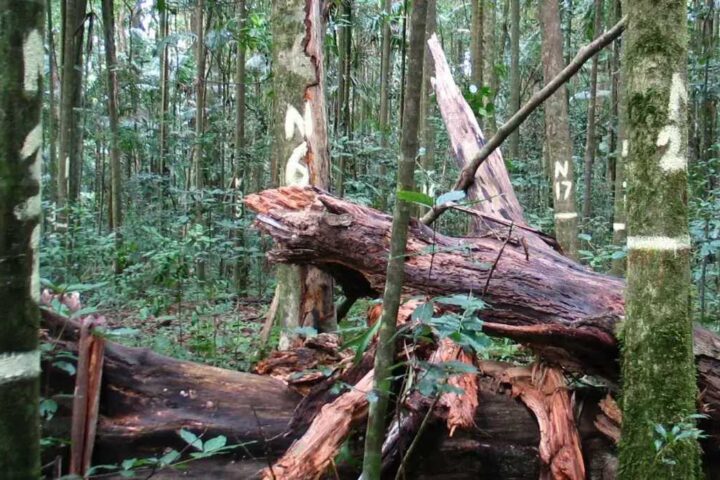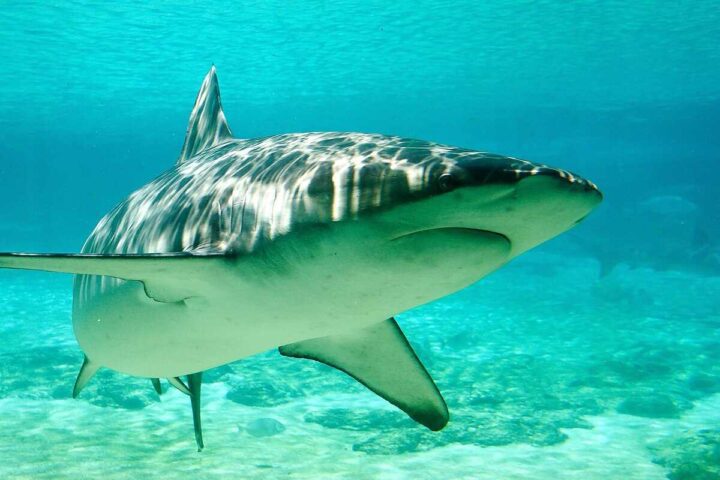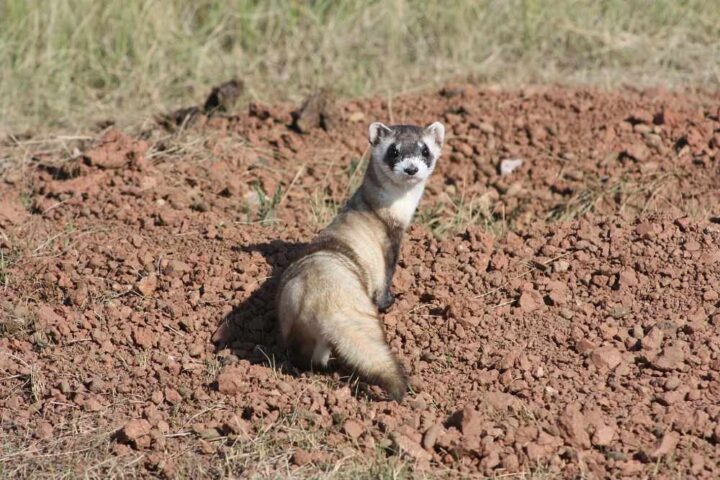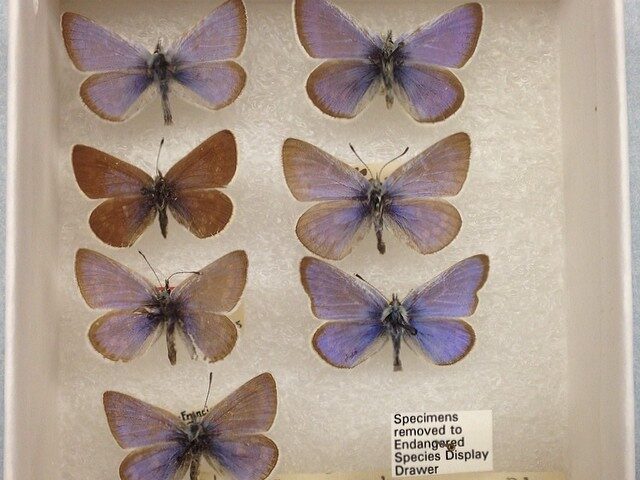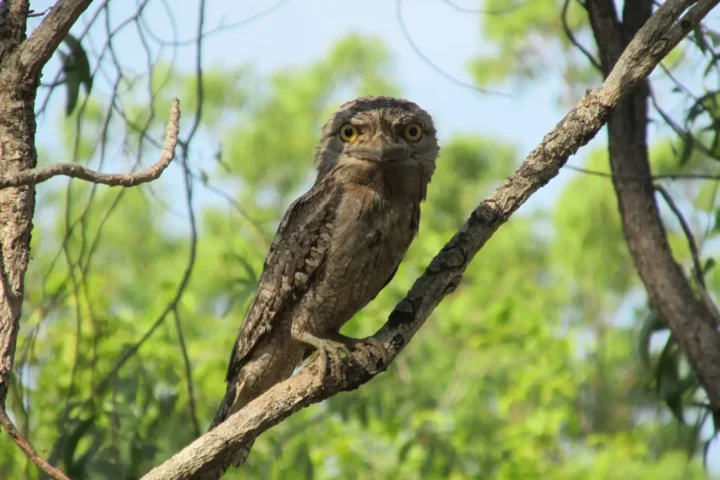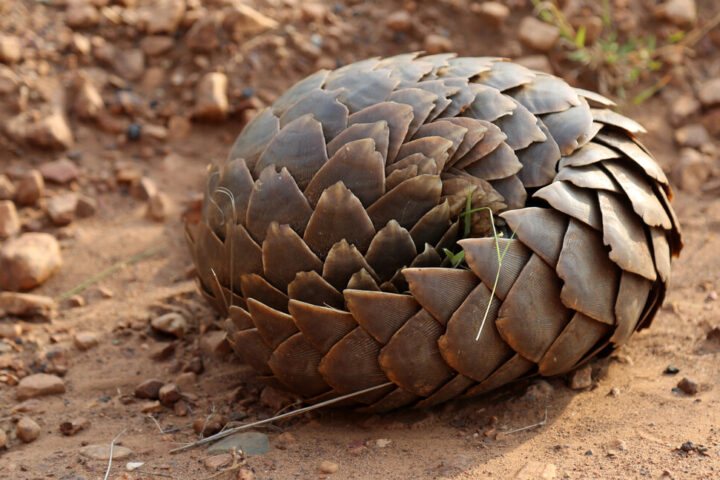A tiny snake small enough to curl up on a quarter coin has emerged from the shadows of scientific obscurity. The Barbados threadsnake (Tetracheilostoma carlae), officially recognized as the world’s smallest snake species, was rediscovered on March 20, 2025, after being “lost to science” for nearly two decades.
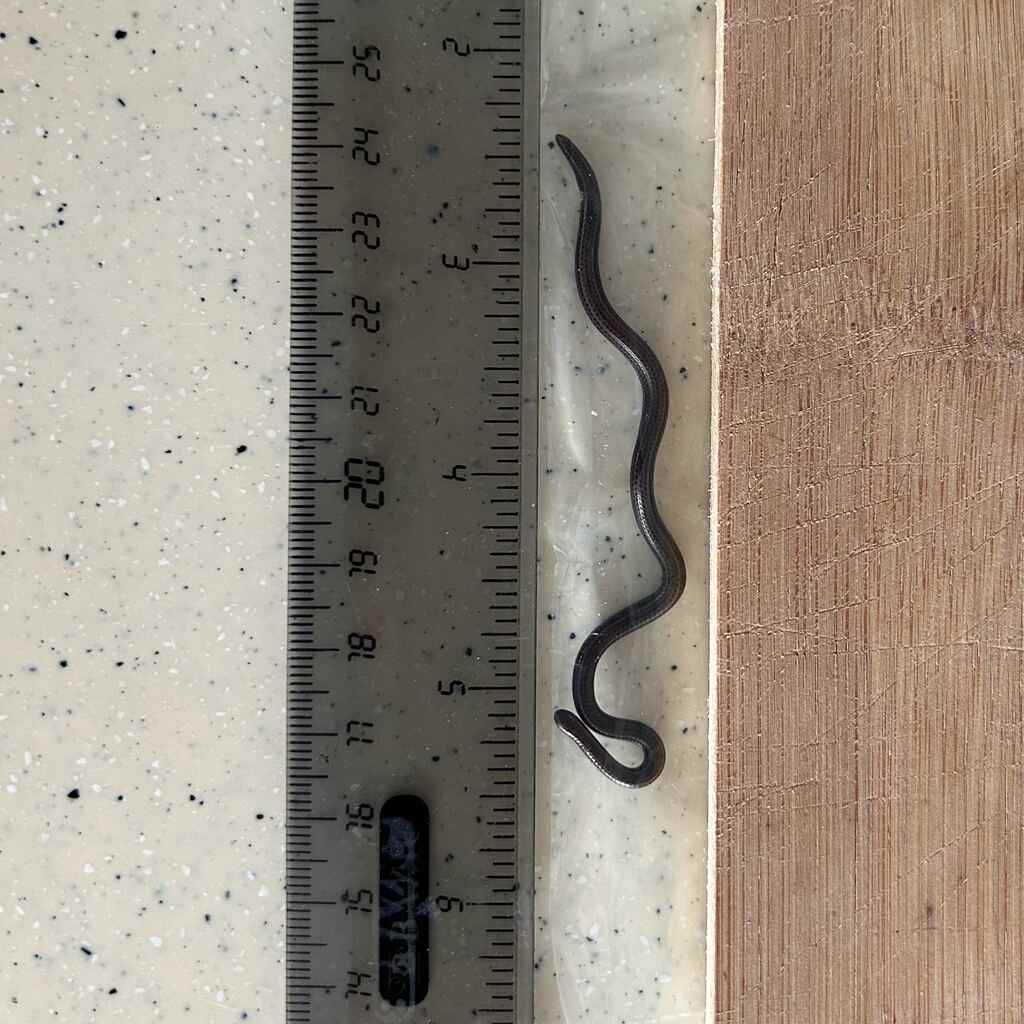
The rediscovery came during an ecological survey in central Barbados conducted by the Barbados Ministry of the Environment and National Beautification in partnership with conservation group Re:wild. Connor Blades, a project officer with the Ministry, spotted the elusive reptile hiding under a rock.
“Barbados threadsnakes are blind snakes, so they’re very cryptic,” said Blades. “They’re quite rare also, it seems. There have only been a handful of confirmed sightings since 1889, so there are not many people who have ever seen it, unfortunately.”
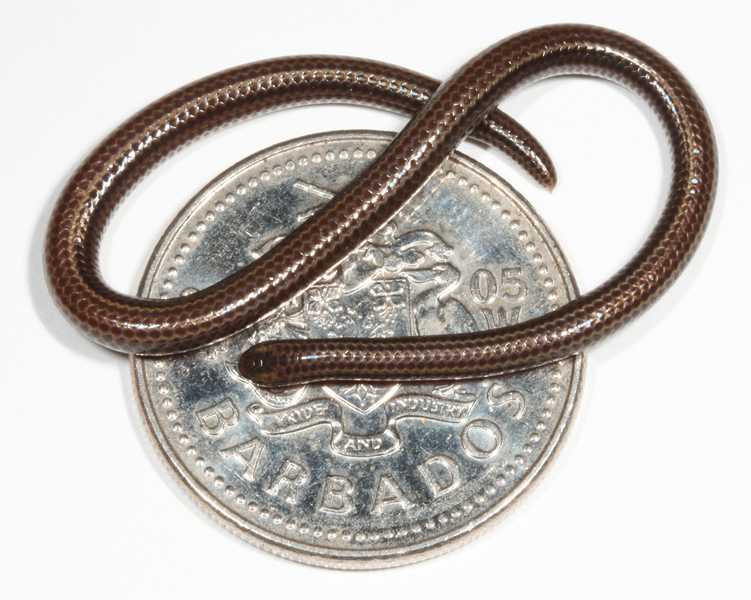
Justin Springer, Caribbean Program Officer for Re:wild who helped find the snake, described the moment of discovery: “I was making a joke and in my head I said, ‘I smell a threadsnake.’ I just had a feeling, but I couldn’t be sure because we turned over a lot of rocks before that and we saw nothing.”
A Miniature Marvel
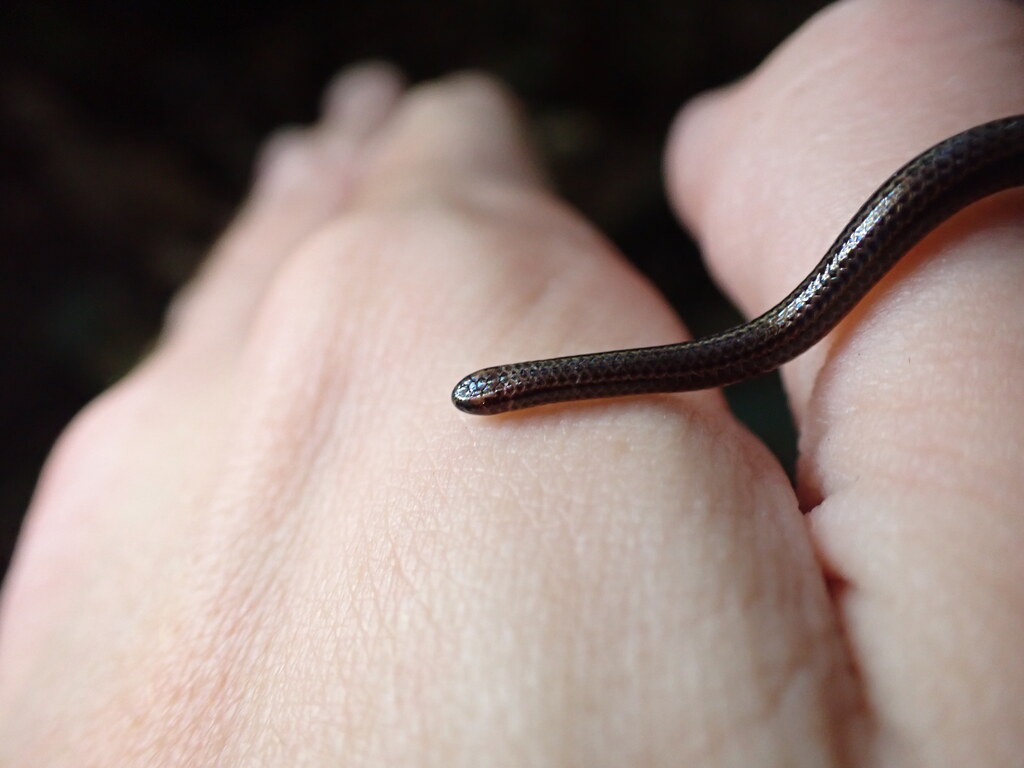
Measuring just 3-4 inches (7.5-10 centimeters) long with a maximum recorded length of 4.1 inches (10.4 cm) and about as thick as a spaghetti noodle, the Barbados threadsnake holds the Guinness World Record for the smallest snake species. Its tiny size creates biological challenges — females produce only a single, relatively large egg at a time, with offspring hatching at about half the adult length.
The snake’s diminutive stature makes it easily confused with the invasive Brahminy blind snake (Indotyphlops braminus), which was accidentally introduced to Barbados in recent decades. Identifying the threadsnake required microscopic examination at the University of the West Indies to confirm distinctive features like its pale orange dorsal stripes and specific head scale patterns.
Ancient Lineage in Peril
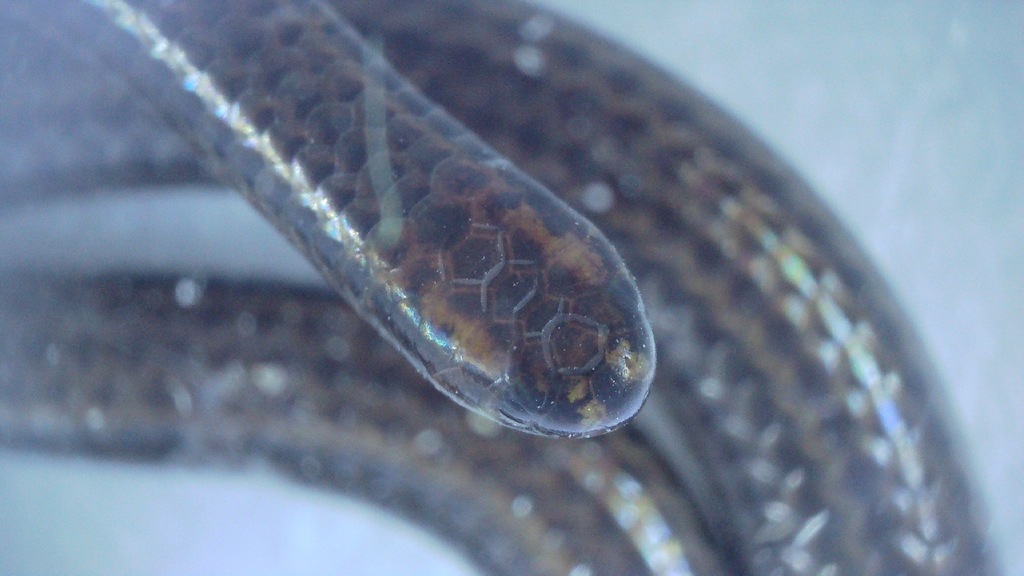
The Barbados threadsnake belongs to the Leptotyphlopidae family, an ancient group of snakes that dates back to the Jurassic period with origins on the supercontinent Gondwana. These remarkable reptiles have evolved special adaptations, including the ability to release chemical secretions that prevent termites from attacking them while the snakes feed on termite eggs and larvae within their nests.
Similar Posts
Currently classified as Critically Endangered on the IUCN Red List according to a 2016 assessment (errata published in 2017), the threadsnake faces significant habitat challenges. Approximately 98% of Barbados’ primary forests have been cleared for agriculture since European colonization began more than 500 years ago. The remaining forests are mostly confined to the undeveloped Scotland District and the network of gullies that radiate through the island.
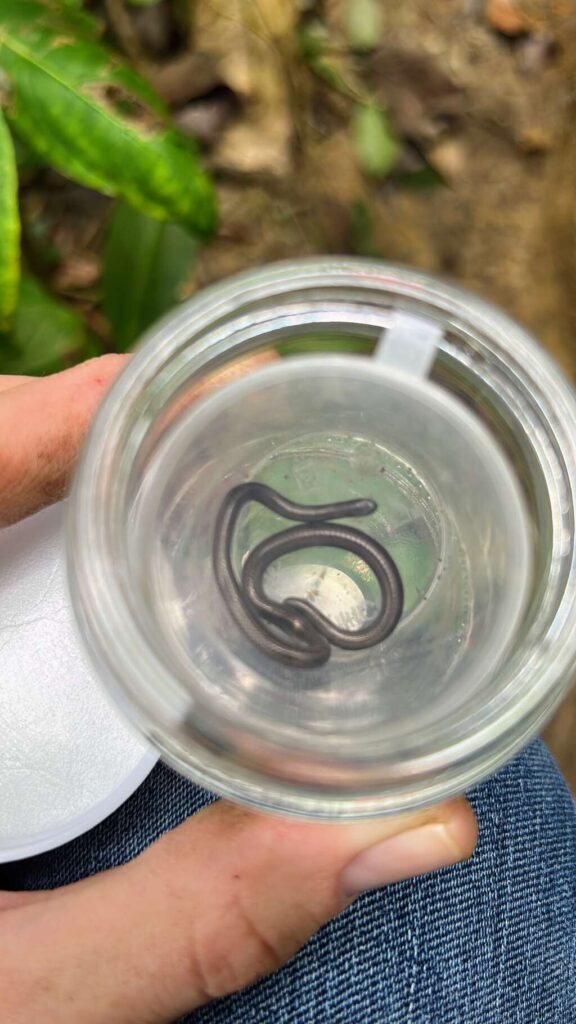
“It’s an important reservoir for biodiversity on the island,” Blades said about the forests where the threadsnake was found. “If the threadsnake population isn’t very dense, I’m worried about their ability to find mates—particularly if their habitat is under threat and being degraded.”
Conservation Efforts
The rediscovery occurred as part of the Conserving Barbados’ Endemic Reptiles (CBER) project, which had been searching for the threadsnake and several other endemic reptiles for more than a year. The project team had been conducting extensive surveys across the island before finding the snake.
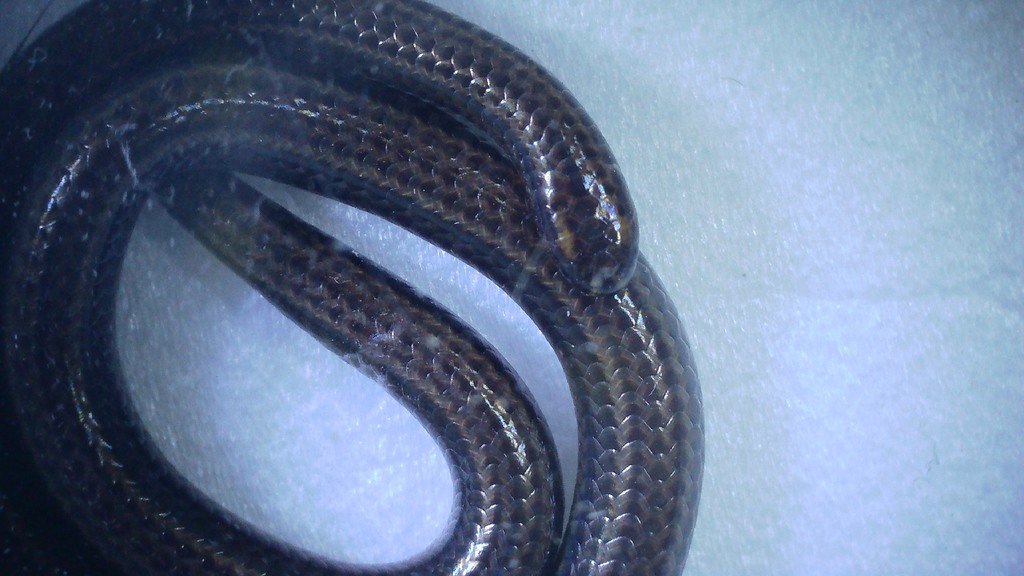
Many endemic species in Barbados have already been driven extinct by habitat destruction and invasive species, including the Barbados racer, Barbados skink, and Barbados rice rat. The CBER project now plans to continue surveying the island to better understand the threadsnake’s range and develop conservation strategies.
“The threadsnake’s rediscovery is also a call to all of us as Barbadians that forests in Barbados are very special and need protection,” said Springer. “Not just for the threadsnake, but for other species as well. For plants, animals and our heritage.”
Scientific History
The Barbados threadsnake was first identified as a separate species in 2008 by S. Blair Hedges, a herpetologist from Temple University. Hedges named the new species in honor of his wife, Carla Ann Hass, a herpetologist who was part of the discovery team.
Prior to Hedges’ formal description, specimens already existed in reference collections in the London Natural History Museum and in a museum in California, but they had been incorrectly identified as belonging to another species. The first documented specimen was collected in 1889, with subsequent rare sightings in 1918, 1966, 1997, and 2005.The recent rediscovery marks only the fifth confirmed sighting of this species in over 135 years of records, highlighting just how elusive this tiny reptile has been. For conservationists, finding the snake again provides renewed hope that with proper protection of its forest habitat, this remarkable miniature species might continue to survive in its island home.

